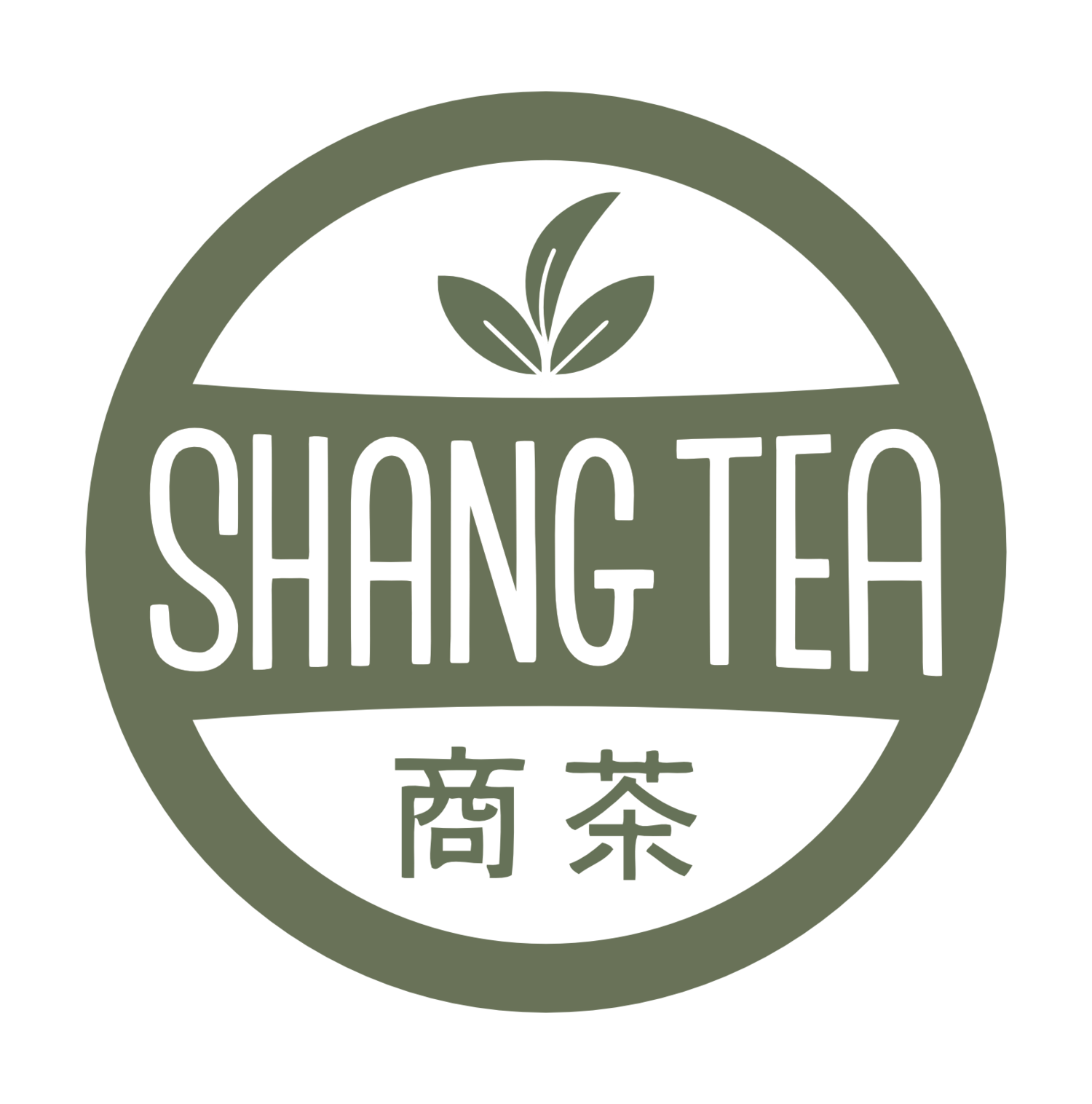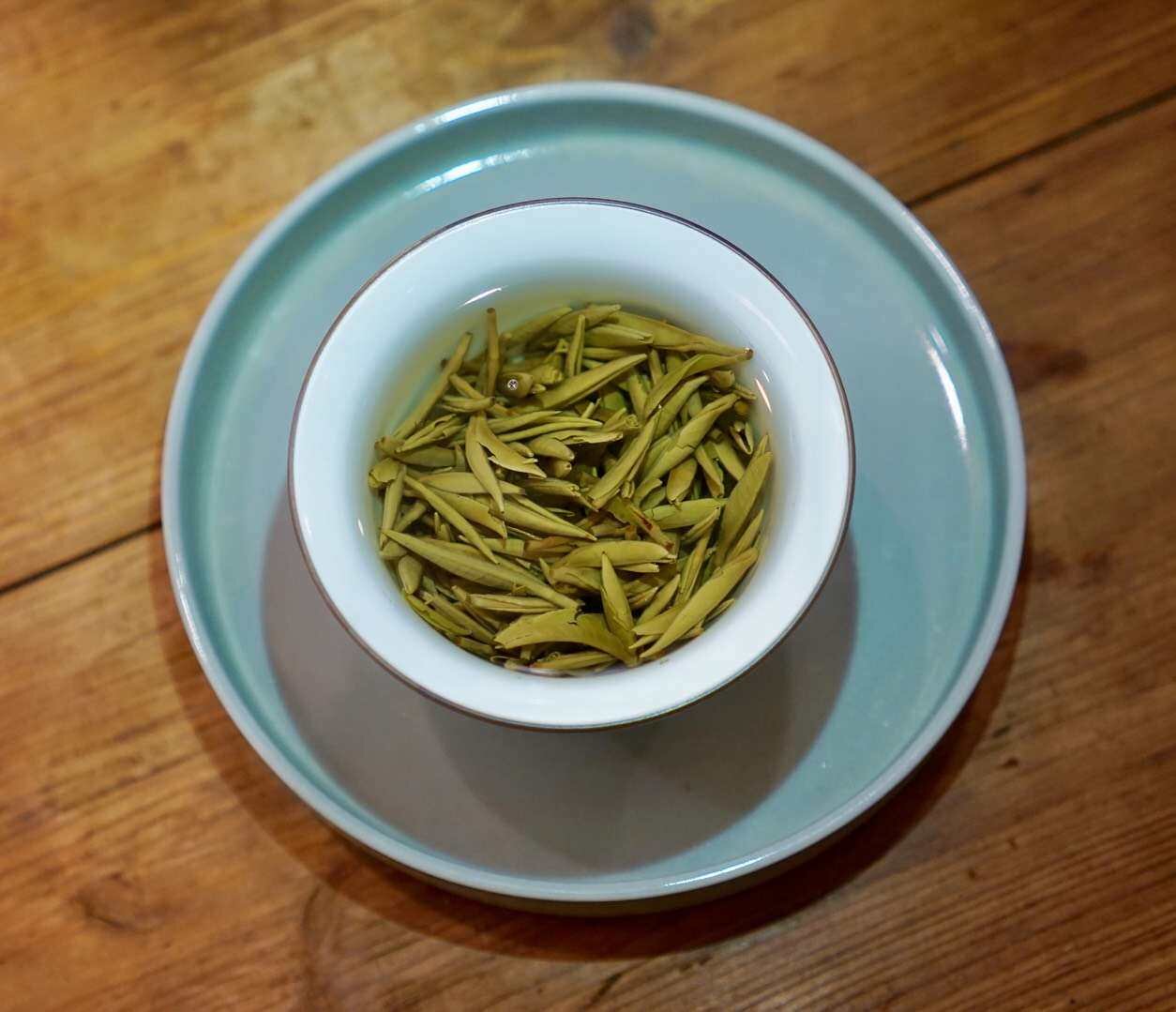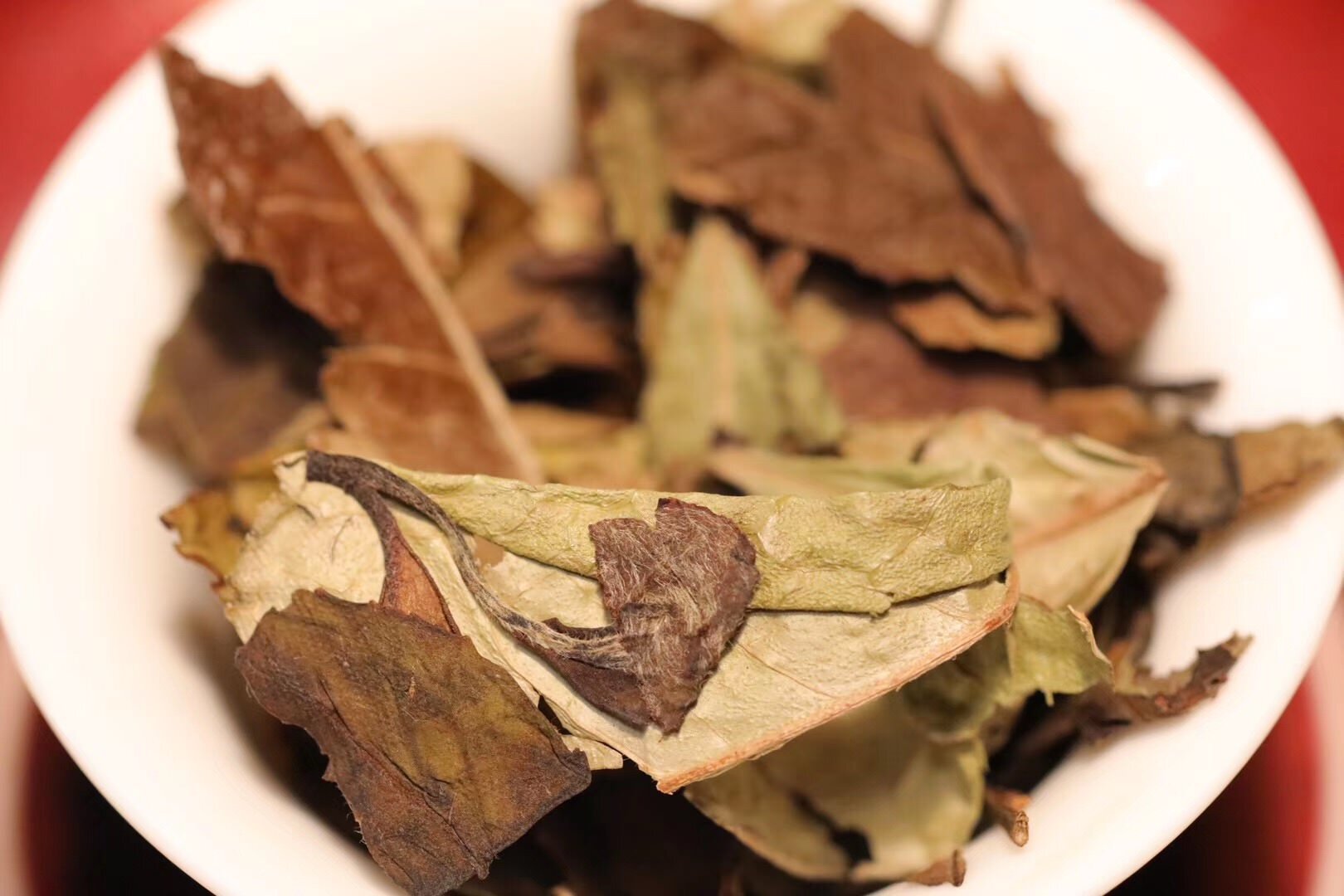New to Tea?
Let us introduce you to the world of high-quality tea.
What is tea?
Tea has been enjoyed by humankind for thousands of years dating back to when it was first discovered growing wild in the mountains of China. Today, tea is the second-most consumed beverage in the world behind water and is grown in over 40 countries around the world.
All the tea that you drink, whether it be white tea, green tea, wu-long (oolong) tea, red tea (on par with black tea), or black tea, comes from one species of plant called camellia sinensis. Herbs such as chamomile, peppermint, or lemongrass are not technically considered teas since they do not come from the camellia sinensis plant; rather, they are considered herbal tisanes.
The difference between white, green, wu-long, and black tea is determined by the processing of the leaf and the cultivar of tea plant that is used. Similar to wine and cheese, every type of tea has a unique process used to create the final product that you drink. In general, white and green teas are the least processed teas. White tea for example, is plucked and air dried, whereas green tea is plucked, withered, and then lightly steamed, roasted, or pan-fired to retain the green color in the leaves. Leaves used to produce white and green tea are handled very carefully to prevent any bruising, which can lead to leaf oxidation or turning black.
On the other end of the spectrum you have black teas, which are almost completely oxidized tea leaves. After being hand plucked, the leaves are withered and typically rolled in order to bruise the leaves, which are then placed in a humid room to be further oxidized. Once the leaves are fully oxidized, they undergo a final drying phase.
In the middle are wu-long or oolong teas which fall between white/green and black on the tea spectrum. Wu-longs are partially oxidized and can appear either green or reddish/black depending on the level of oxidation.
Similar to a good cheese or good wine though, the cultivar of tea plant and location/geography are also important in determining the type of tea made. For example, click here to read more about what is required to produce an authentic white tea.
Why loose leaf?
As you may notice when you browse around our website, we only sell loose leaf teas. There are three main reasons why you might want to purchase loose leaf teas:
Loose leaf tea tastes better! In order to get the most flavorful and smoothest cup of tea, tea leaves need to have enough space to expand and allow the water to flow around the entire tea leaves. This cannot be done with a tea bag, and most tea companies will chop up the tea leaves in order to allow the tea in tea bags to steep more quickly. Unfortunately, chopped tea leaves lose flavor more quickly and also release tannins more quickly, resulting in a potentially more bitter cup of tea.
Loose leaf is more ecologically friendly. Many loose leaf teas are still produced traditionally by hand in their natural climates surrounded by native grasses and other plants. Most commercial teas are grown on large tea farms at low elevations in which all the native plant populations have been stripped. Those tea plants are also usually heavily sprayed with pesticides, and the soil in which the plants grow is often treated with chemical fertilizers.
Loose leaf tea is very comparably priced. If the last thing holding you back is the price, consider this: high-quality loose leaf teas have much higher levels of nutrition and flavor, allowing them to be brewed multiple times. For example, one ounce of high-quality loose leaf tea can brew approximately 30+ cups of tea! Compare that to a box of tea bags, which can usually only be brewed once, and you’ll see that the price difference isn't as much as you might have thought.
Ready to brew your tea?
Now that we have mentioned the benefits of loose leaf tea, let’s talk a little bit about brewing loose leaf tea. When it comes to brewing loose leaf tea, many people can be intimidated because of all the conflicting information about water temperatures, amount of tea leaves to use, how long to brew the tea, what to brew the leaves in, and how to strain the leaves. Don’t worry—we have instructions for brewing loose leaf teas if you click here to view our “Brewing Tips” page.
As far as what type of vessel to use for brewing loose leaf tea, we offer several options. For example, if you are looking for a great method for brewing tea where you live or at work, check out our Kung Fu Tea Cup Sets. If you are looking for a functional teapot for brewing tea, check out our Sitka Tea Maker.
Looking for a good sampling of our teas? Check out our Tea Sampler and enjoy four different types of our teas.
Curious to learn more?
If you haven’t already done so, go ahead and start exploring our website! Links to our blog posts can be found below. Click here to learn more about the “Shang Tea Difference” and what makes our products unique. Our FAQs can be found here.
Have additional questions? Please send us an email at support@shangtea.com or give us a call at our store (816) 421-2588.



